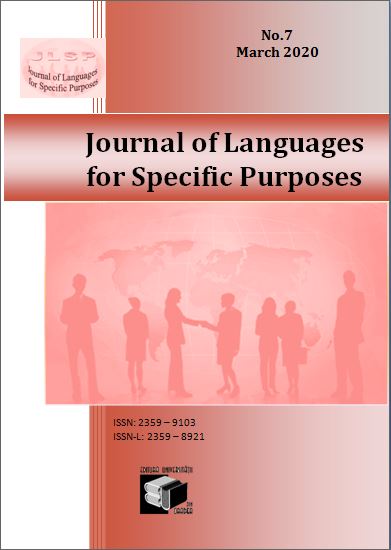Paris Agreement Commitments By Country
Trump – a climate denier who claimed climate change was a “scam” committed by China – announced in June 2017 his intention to withdraw the United States from the Paris Agreement. But despite the rose garden president`s statement that “we`re going out,” it`s not that simple. The withdrawal process requires the agreement to be in force for three years before a country can formally announce its intention to withdraw. It will be a year before leaving the pact. This means that the United States would not be able to officially withdraw until November 4, 2020, the day after the presidential elections. Even a formal withdrawal would not necessarily be permanent, experts say; A future president could return in just one month. Based solely on the current climate commitments of the Paris Agreement, temperatures are expected to have risen by 3.2°C by the end of the twenty-first century, according to the United Nations Environment Programme (UNEP). To limit the increase in global temperature to 1.5°C, annual emissions must be below 25 gigatonnes (Gt) by 2030. With the current november 2019 commitments, emissions will be 56 Gt of CO2e by 2030, twice as much as the environmental target. To limit the increase in global temperature to 1.5°C, it is necessary to reduce global annual emissions by 7.6% per year between 2020 and 2030. The four largest emitters (China, THE US, EU27 and India) have contributed more than 55% of total emissions over the past decade, while excluding emissions resulting from land-use change such as deforestation.
China`s emissions increased by 1.6% in 2018 to a peak of 13.7 Gt CO2 equivalent. The United States emits 13% of global emissions and emissions increased by 2.5% in 2018. The EU emits 8.5% of global emissions has fallen by 1% per year over the last ten years. Emissions decreased by 1.3% in 2018. 7% of India`s global emissions increased by 5.5% in 2018, but its per capita emissions are one of the lowest in the G20. [100] The Kyoto Protocol, a pioneering environmental agreement adopted at COP3 in Japan in 1997, is the first time that nations have agreed on legal country-specific emission reduction targets. The protocol, which only entered into force in 2005, set binding emission reduction targets only for industrialized countries, arguing that they were responsible for most of the world`s high greenhouse gas emissions. The United States initially signed the agreement, but never ratified it; President George W. Bush argued that the deal would hurt the U.S.
economy because developing countries like China and India would not be involved. Without the participation of these three countries, the effectiveness of the treaty has proven to be limited, as its objectives cover only a small fraction of total global emissions. INDCs become NDCs – national contributions – as soon as a country formally accedes to the agreement. There are no specific requirements on how or to what extent countries should reduce emissions, but there were political expectations about the nature and rigour of different countries` targets. As a result, national plans are very different in scale and ambition and largely reflect each country`s capabilities, level of development and contribution to emissions over time. For example, China has pledged to level its CO2 emissions by 2030 at the latest and reduce CO2 emissions per unit of gross domestic product (GDP) by 60-65% by 2030 compared to their 2005 level. . .





